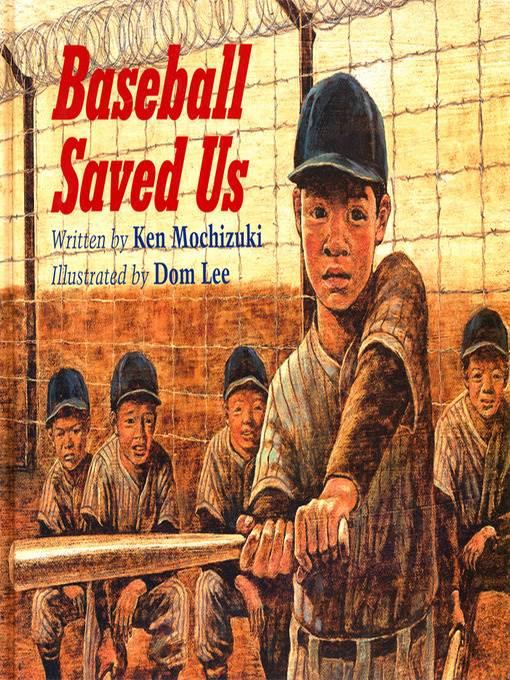
Baseball Saved Us
فرمت کتاب
ebook
تاریخ انتشار
1993
Lexile Score
550
Reading Level
2-3
ATOS
3.9
Interest Level
K-3(LG)
نویسنده
Dom Leeناشر
Lee & Low Booksشابک
9781600609565
کتاب های مرتبط
- اطلاعات
- نقد و بررسی
- دیدگاه کاربران
نقد و بررسی

March 1, 1993
These collaborators' prepossessing debut book introduces readers to a significant and often-neglected--for children, at any rate--chapter in U.S. history: the internment of Japanese-Americans during WW II. The nameless narrator and his family inhabit a camp in the parched American desert, where life becomes a bit more bearable after the internees build a baseball field, and the boy gains self-worth by hitting a championship home run. Although Mochizuki's stylish prose evocatively details the harsh injustice of the camps, some may feel the book suffers from uneven pacing. An introduction and much of the text are spent on background, leaving little time devoted to the actual camp regimen. In addition, the ending, in which the hero returns to school after the war and is again saved from prejudice by baseball, seems tacked on. Lee's stirring illustrations were inspired by Ansel Adams's photographs of the Manzanar internment camp. In the muted browns, sepias and golds of the desert, the artist movingly conveys the bleakness of camp life, with its cramped quarters, swirling dust storms and armed guards. The baseball scenes' motion and excitement lend effective contrast; the final illustration stands in particularly moving counterpoint to the earlier rigors. Ages 4-up.

June 1, 1993
Gr 2-4- -After briefly describing the way his family was removed from their home and sent to an internment camp for Japanese Americans during World War II, the narrator, ""Shorty,"" tells how baseball was used as a diversion from the dire situation in which the camp's inhabitants found themselves. After improvising a baseball diamond, uniforms, and equipment, they played games. In one of these contests, the usually weak-hitting Shorty catches a glimpse of one of the ever-present guards and channels his anger toward the man into his swing, resulting in a winning home run. After the war and his return home, he continues to play ball while at the same time being subjected to racial taunts, again refocusing his anger to produce positive results on the diamond. The sport plays a secondary role to the blatant racism depicted in this somber book. The paintings, scratchboard overlaid with oils, effectively reflect the tone of the story. Pair this powerful title with Hamanaka's The Journey (Orchard, 1990). -Tom S. Hurlburt, La Crosse Public Library, WI

























دیدگاه کاربران